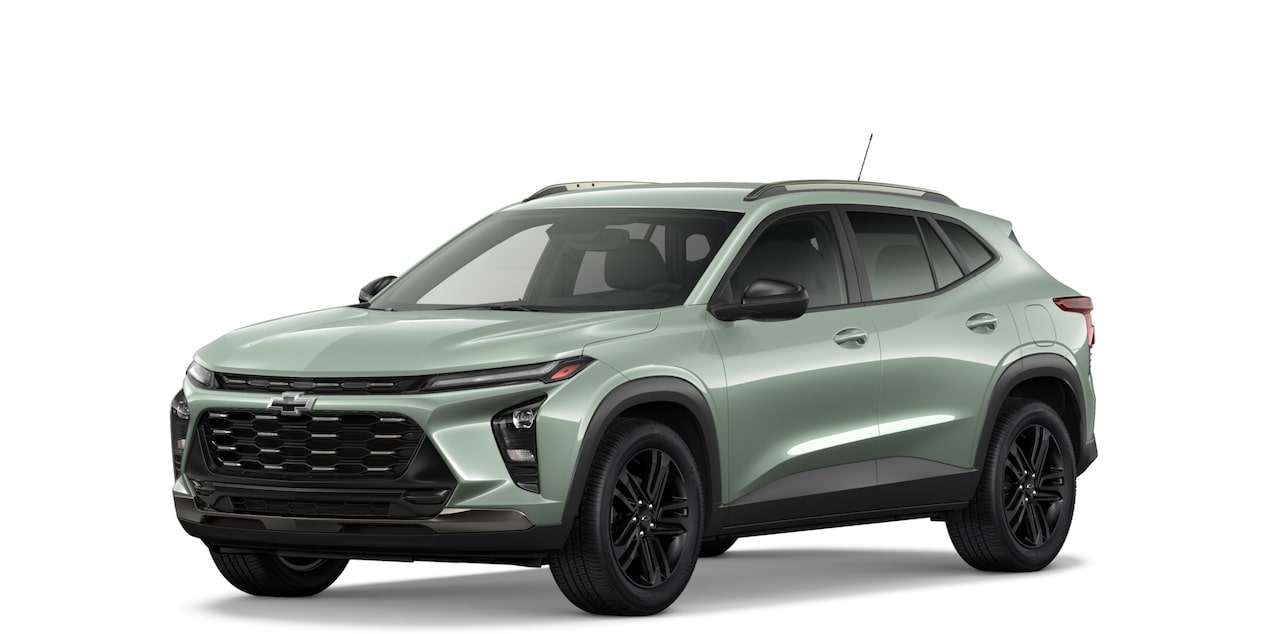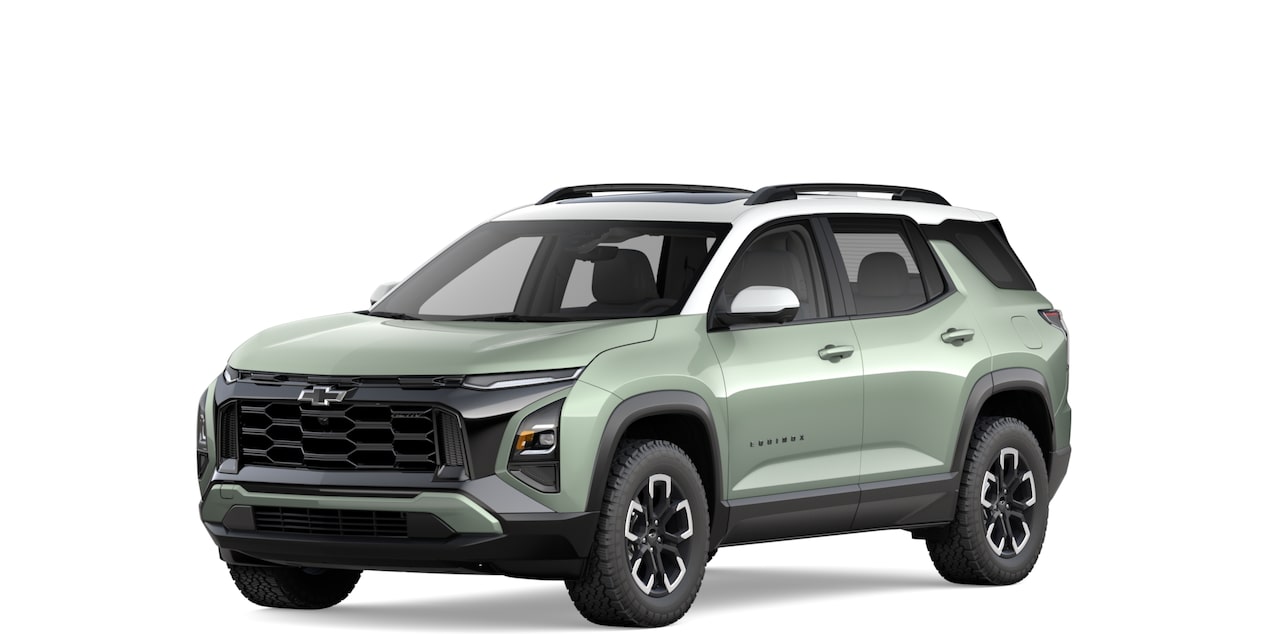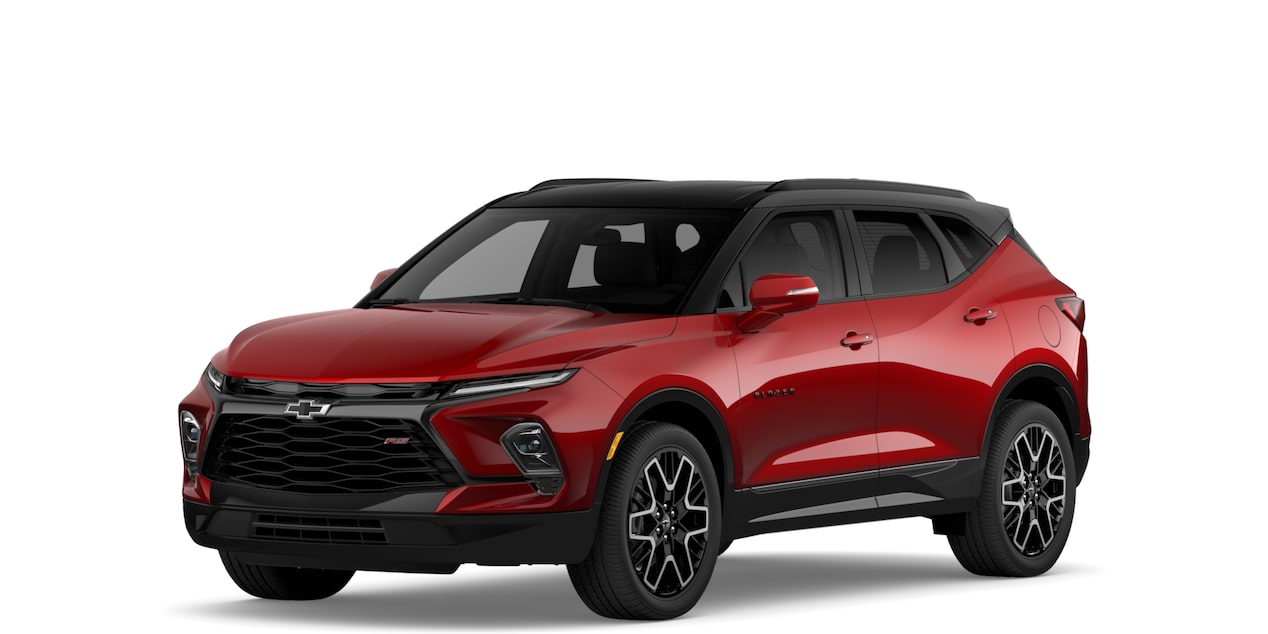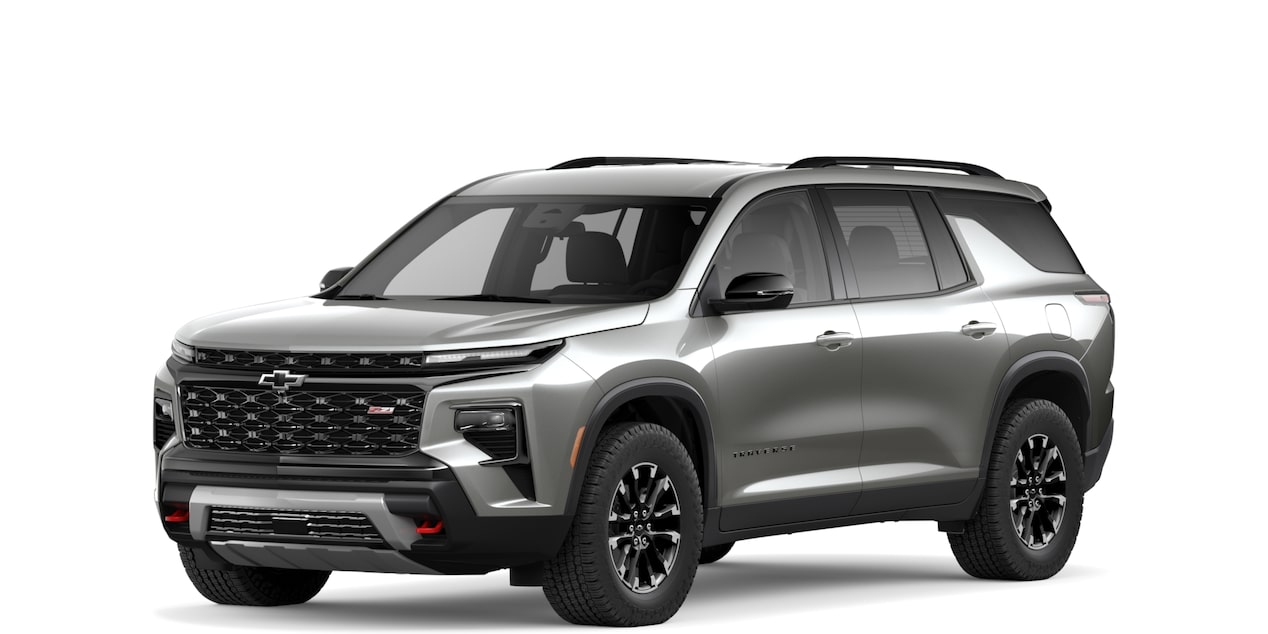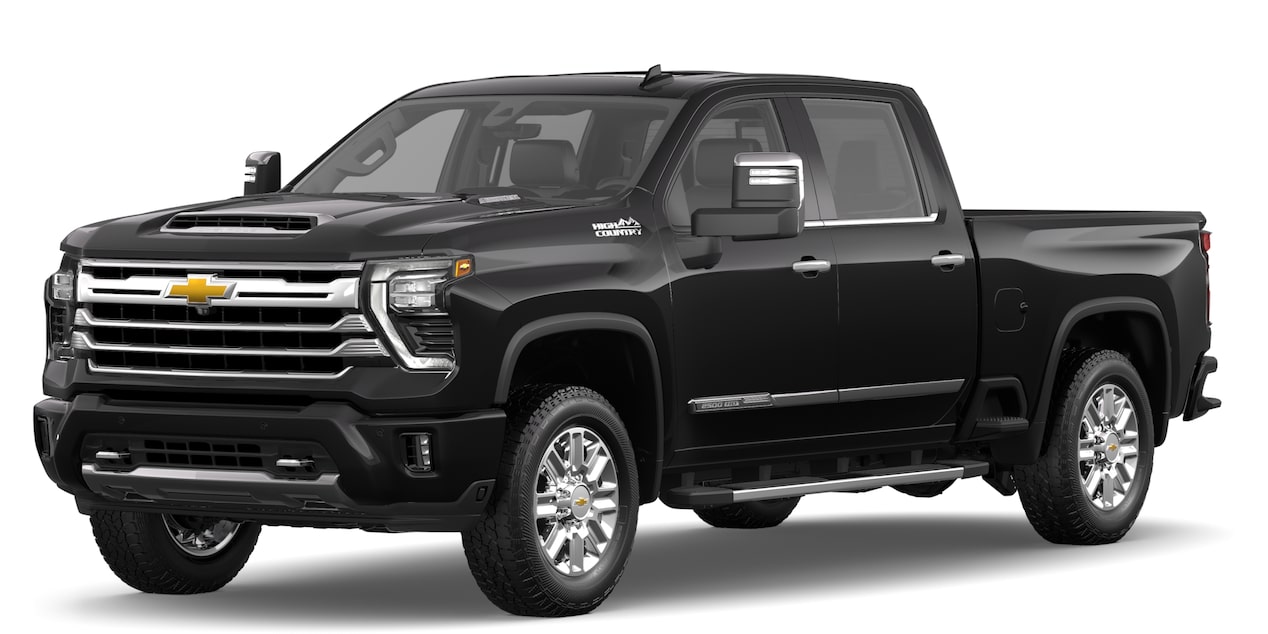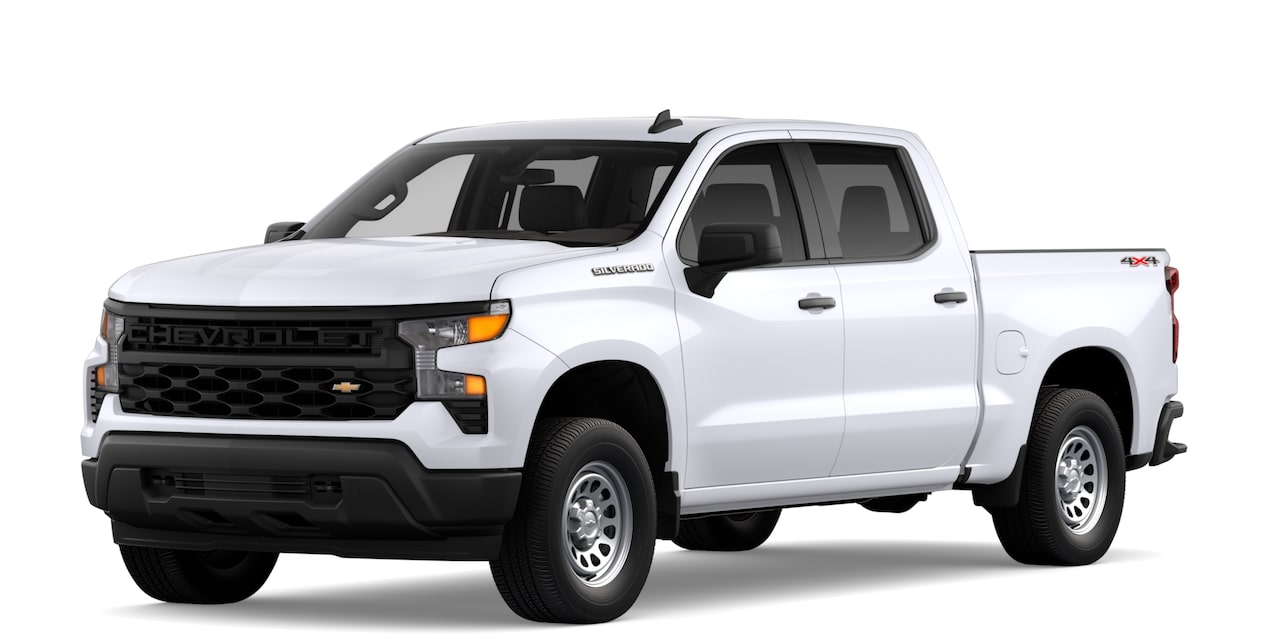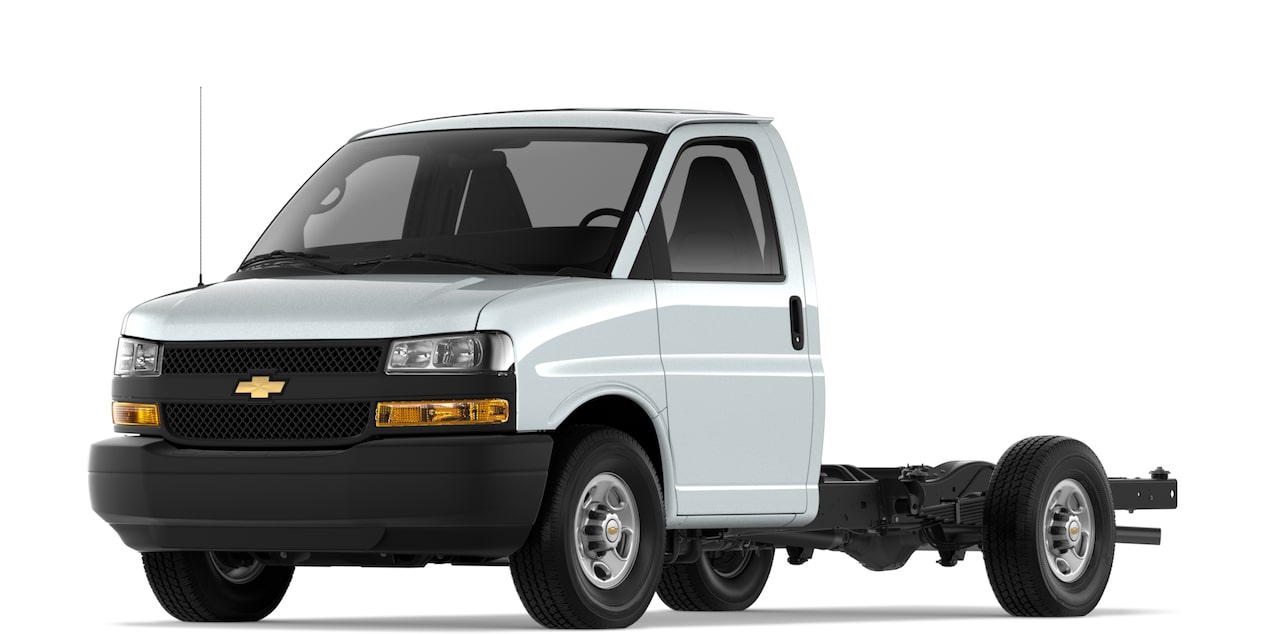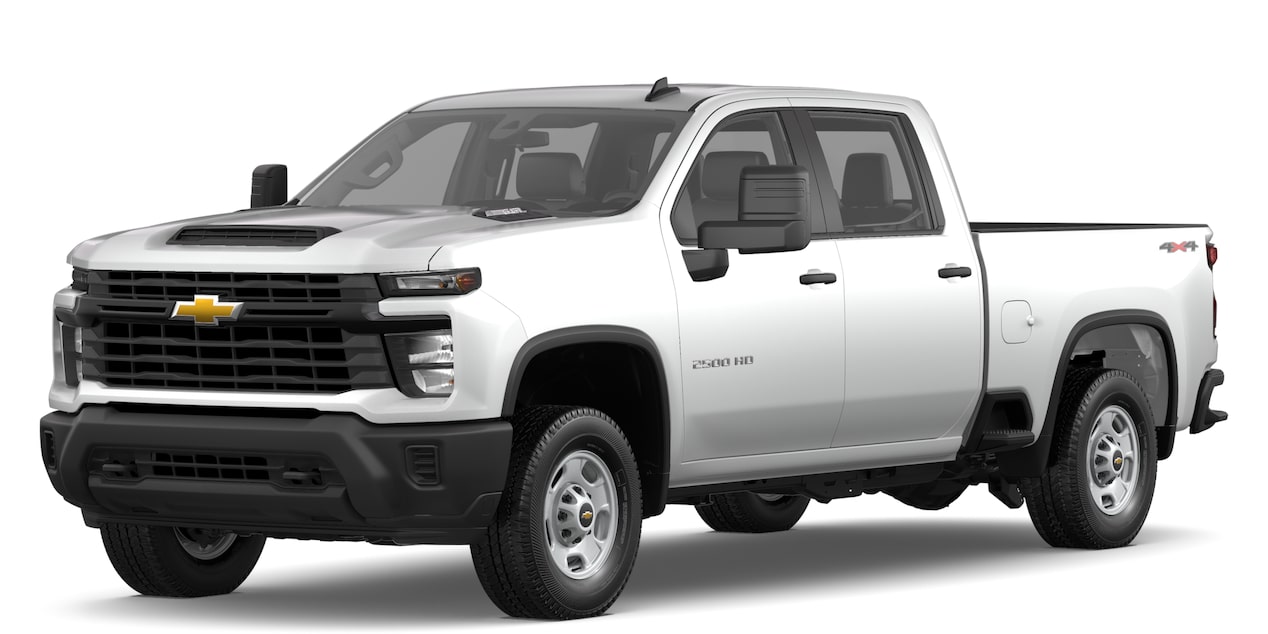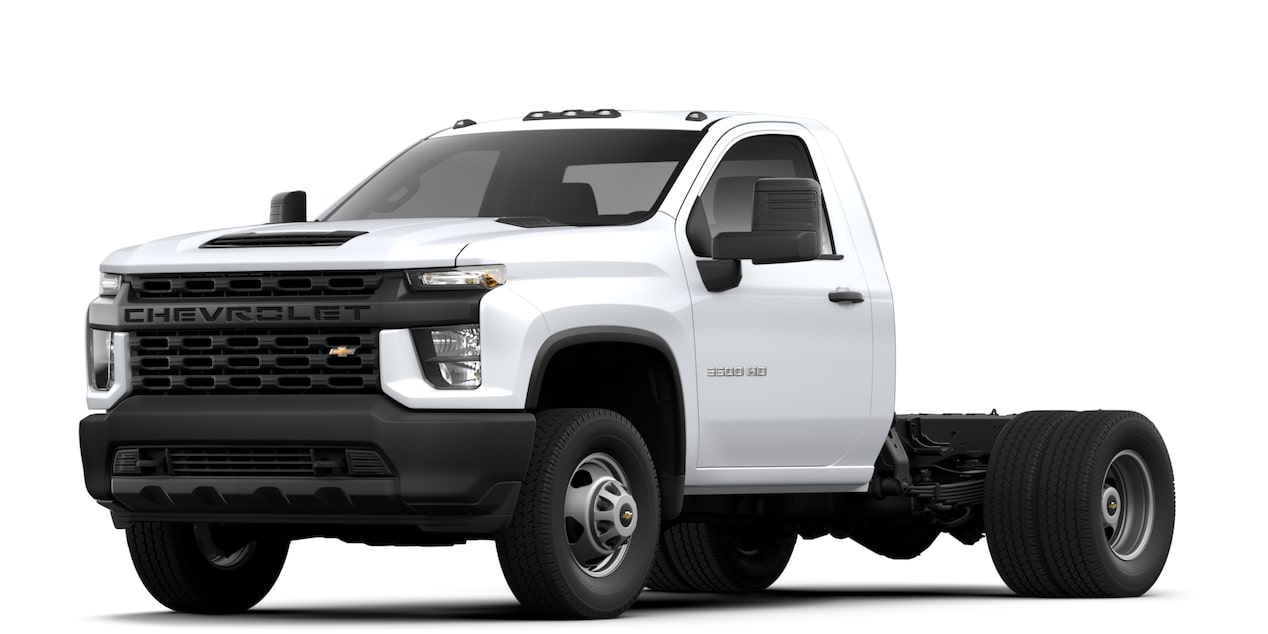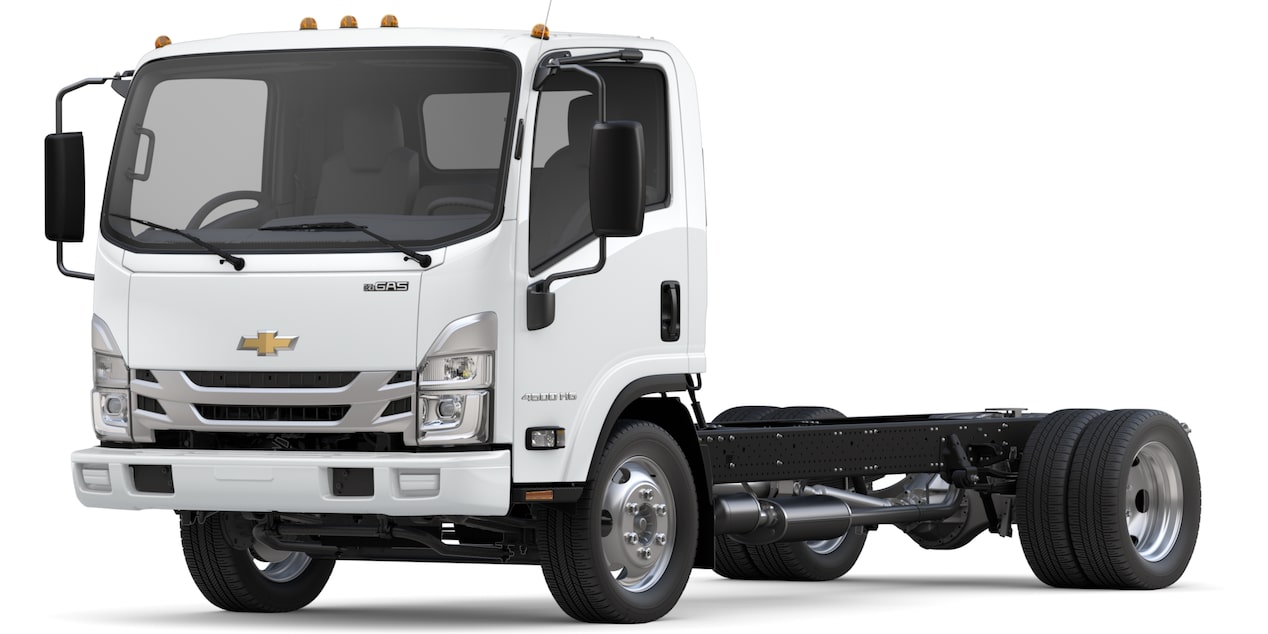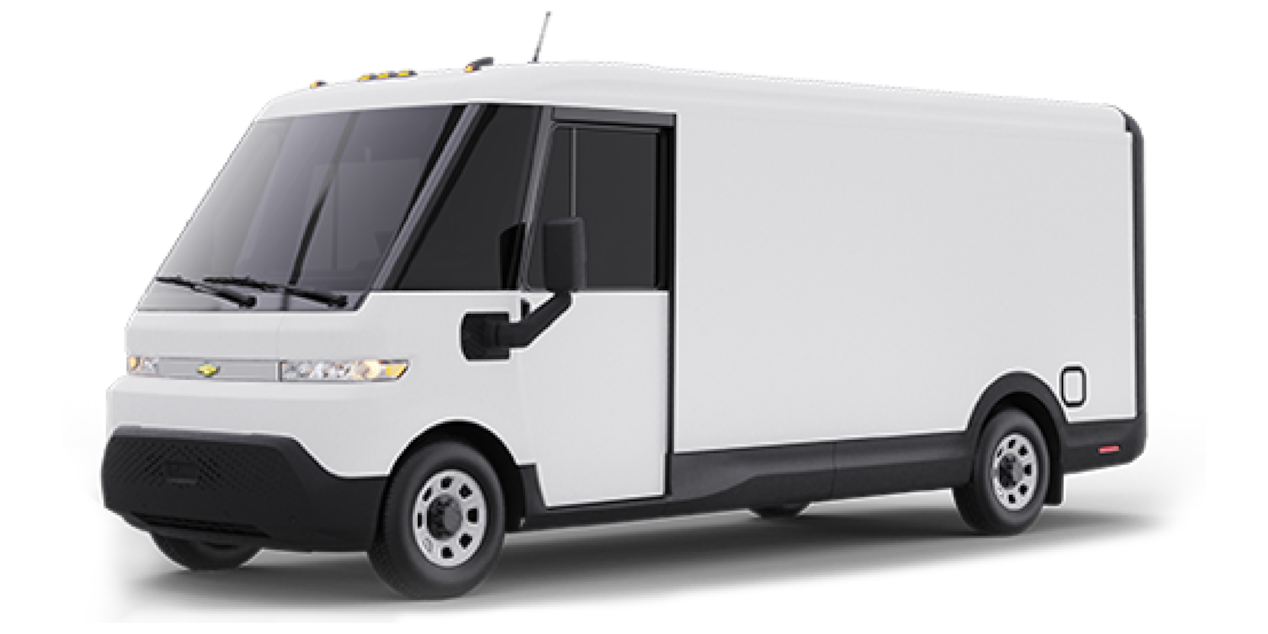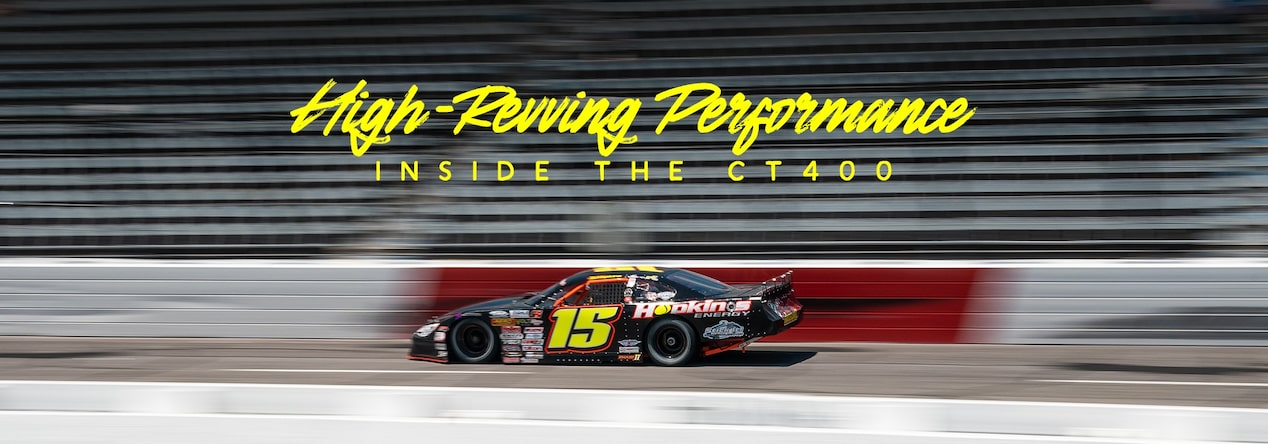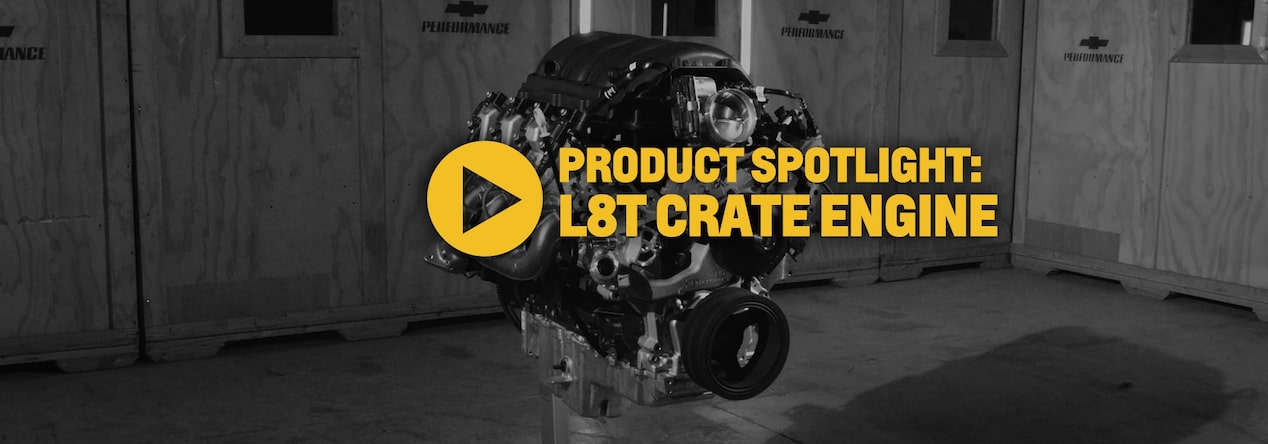
The best way to learn is by doing. In March, Dom Lester, GM Chief Engineer for Performance Variants, Parts and Motorsports Engineering, took that concept to the extreme when he served as a co-driver with Hall Racing in the Unlimited Truck SPEC Class at the BFGoodrich Tires Mint 400.

Dom Lester, GM Chief Engineer for Performance Variants, Parts and Motorsports Engineering, took on a portion of this year’s BFGoodrich Tires Mint 400 as a co-driver with Chad Hall and Hall Racing in the Unlimited Truck SPEC class.
He not only came away with the experience of a lifetime, but an even better understanding of how to build the best Chevrolet trucks – even in the heat of battle.
“I don't know if I could ever go away from my engineering hat, being the analytical person that I am,” Lester says.
He uses learning the characteristics of the truck’s jounce dampers as an example, noting that the race course itself is the ideal place to study how the system works.
“My mind is always thinking about how we can take some of the dynamic ride control that you see on a truck like that and bring it into a stock-type vehicle,” he explains. “You maybe can't take everything, but if you can take something out of that and apply it, that's a win-win.”

Lester’s ride for the Mint 400.
Lester is no stranger to going fast. He drag races himself and often drives the vehicles when General Motors conducts testing at the Yuma Desert Proving Ground in Arizona. However, taking on the grueling Mint 400 course south of Las Vegas – and doing so in one of the field’s most powerful truck classes – was totally new for Lester.
Among the elements he found most surprising was the comfortable ride in the truck even as driver Chad Hall charged through the grueling and always-changing 100-mile desert course full of jumps, whoops, rocks and generally rough terrain. Lester attributes that fact to the truck’s nearly 40-inch tires and suspension providing close to 24 inches of wheel travel.
“It’s almost like landing on pillows,” Lester says.

Large tires and extensive wheel travel make for a softer landing after jumps than one might expect. (Photo by Mad Media)
Hall, the team’s proprietor, has been part of the Chevrolet program for years developing, testing and validating components. He also campaigns Silverado ZR2 Bison and Colorado ZR2 Bison off-road race trucks in stock production classes throughout deserts in the west. The trucks see the same rugged terrain as the larger and more powerful Unlimited SPEC truck (colloquially known as a Trophy Truck). For Lester, that feat is perhaps even more impressive.
“When you go and see what's truly out there in that 100-mile loop it's amazing that the stock Colorado ZR2 and Silverado ZR2 are able to actually conquer that, and we've been successful at conquering it for several years now,” Lester says. “This is not a ride around your local park.”
Lester originally had planned only to participate in qualifying in the Unlimited Truck SPEC class, but the program eventually evolved to where he would take part in the last 200 miles of the race itself.

Lester equates co-driver duties to the role of a co-pilot in an airplane.
The co-driver’s duties are plentiful in the event. They include serving as navigator, both by utilizing the truck’s GPS system and simply observing the course. In addition, the co-driver alerts competitors ahead if their vehicle is trying to pass, is responsible for knowing if someone is coming up from behind, and warns other racers if their machine is inoperable. The co-driver also communicates with the crew in the pits along the route and relays information regarding any issues that need to be addressed.
Plus, a Racepak data recorder measures all critical areas including temperatures and battery life, so the co-driver needs to keep an eye on that as well, along with ensuring the propulsion system is operating properly.
“It's just like being the co-pilot in an airplane,” Lester says.
He explains that in addition to Hall’s talent behind the wheel, he is able to provide specific, intelligent feedback to not only make his race truck better, but also to improve the models on the showroom floor.

A 525-horsepower LS3 engine is under the hood of Hall Racing’s Unlimited truck.
However, there is one area where neither he nor Lester worry much: the engine.
Hall’s truck is powered by what is equivalent to a Chevrolet Performance LS376/525 crate engine,* which is also the basis for the manufacturer’s new sealed 525 RLB crate engine.* The 525 RLB comes as a long block to make it a good option for racers in a variety of disciplines. It allows them to choose their fuel-delivery system among other items. The 525 RLB has proven to be a good choice for use in off-road spec classes as it keeps costs to a minimum and helps unify rulebooks. In fact, the power plant has already been written into Unlimited Off-Road Racing rules.
The business model for the 525 RLB is similar to what Chevrolet Performance did for circle track racing with its sealed crate engines* years ago.
“In some respects it’s bringing that type of product that’s reliable, cost-effective and readily available into the spec-truck series,” Lester says.

Lester brought back a variety of engineering lessons from his experience in the desert. (Photo by Mad Media)
At the Mint 400, Hall came home 23rd in Unlimited Truck SPEC while his production trucks each won their class. Each year, a large percentage of the vehicles entered don’t even finish.
“For me, one of the rewarding things was to be able to see what these trucks go through,” Lester says. “To be able to see all 100 miles of that course and be able to say you can go through that for 400 miles, four laps, that’s a huge testament to all three of those projects.”
For Lester, a self-described “daredevil,” the entire experience was unmatched.
“When Chad asked me about this opportunity I was like, ‘Man, how many folks get the opportunity to do this and experience it firsthand?' " he says. "It was something that I enjoyed doing, I would do it again in a heartbeat.”
Keep watching The BLOCK for more on off-road racing and all motorsports disciplines.
*Because of their effect on a vehicle’s emissions performance, these engines are intended exclusively for use in competition vehicles. These engines are designed and intended for use in vehicles operated exclusively for competition: in racing or organized competition on courses separate from public roads, streets or highways. Installation or use of these engines on a vehicle operated on public roads, streets or highways is likely to violate U.S., Canadian, and state and provincial laws and regulations related to motor vehicle emissions.




